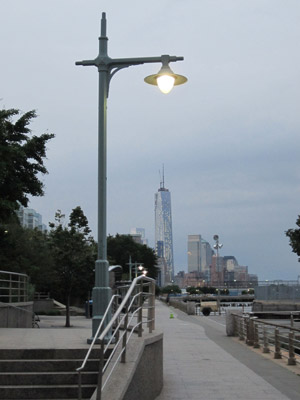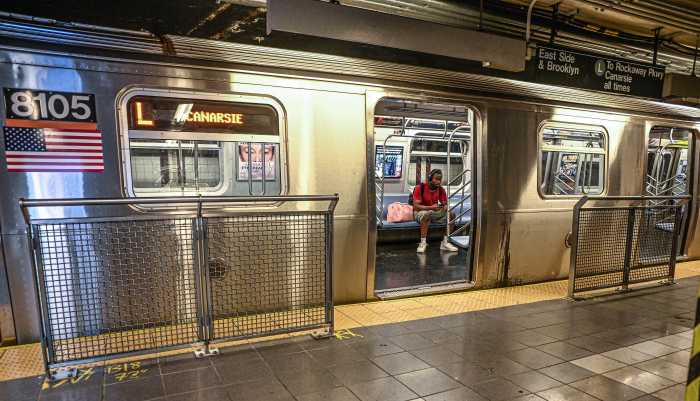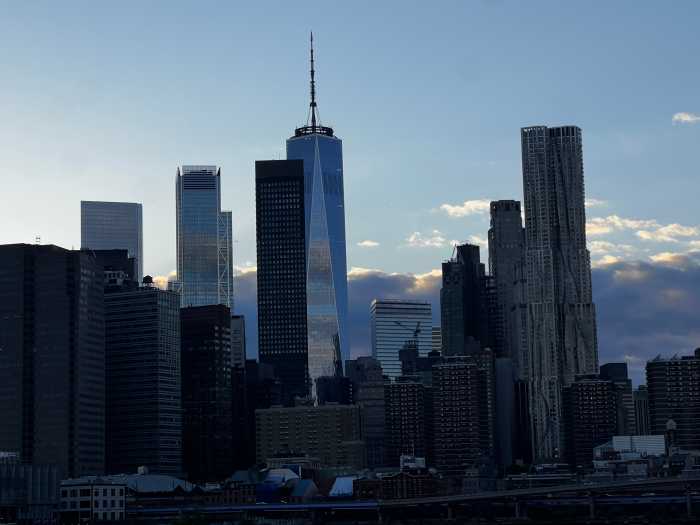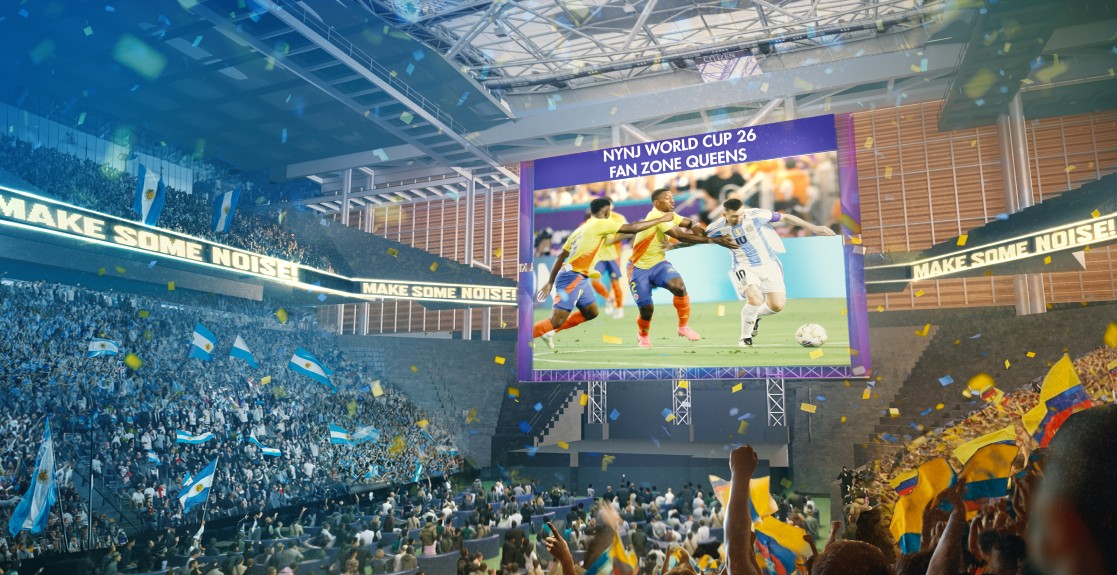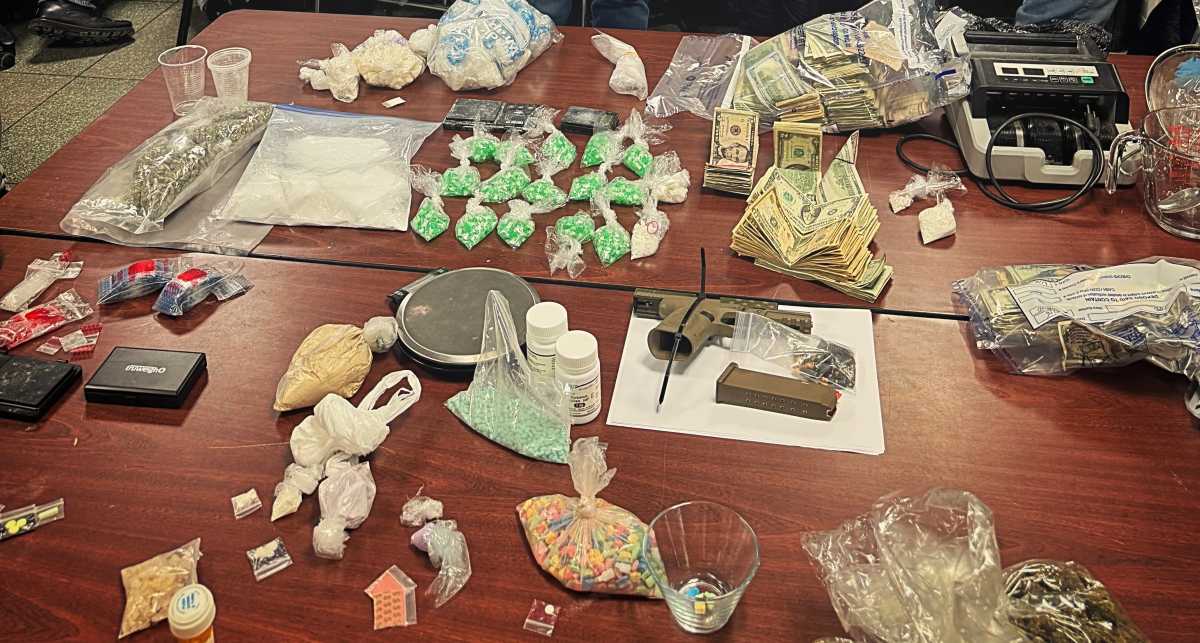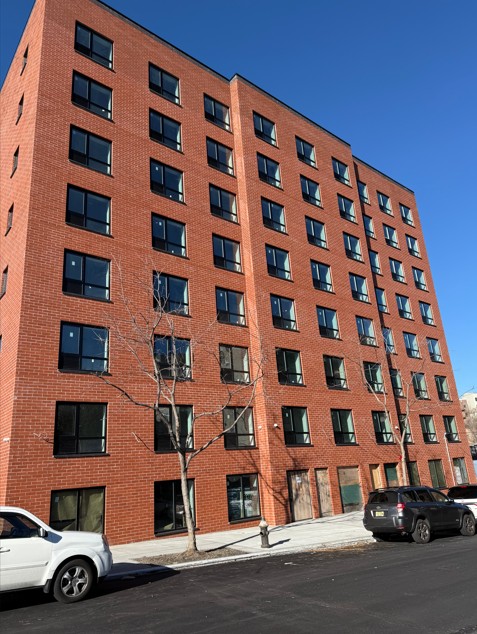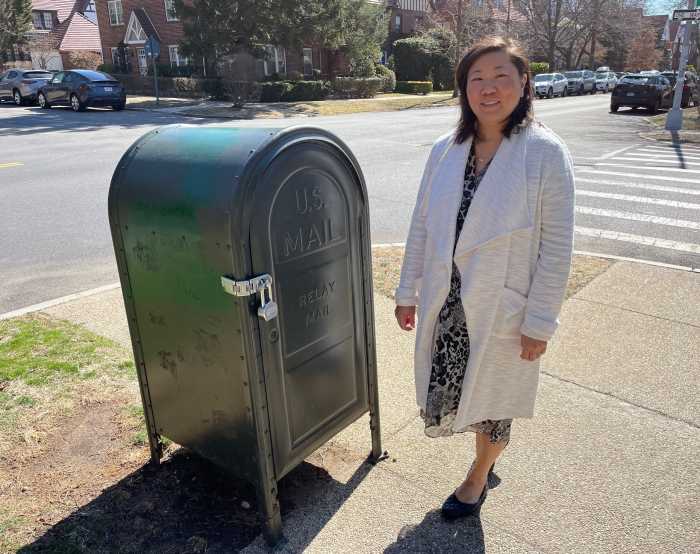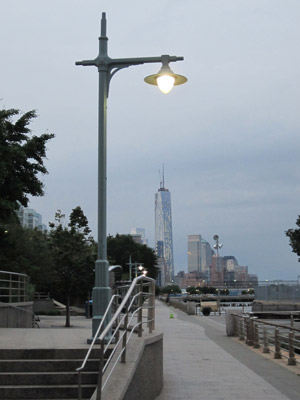
Hudson River Park.
BY LINCOLN ANDERSON | As the State Legislature’s session drew to a close last month, a sweeping bill which would allow the Hudson River Park to transfer its unused air rights, was quietly passed by both the Assembly and the State Senate.
“Radio silence” was how one stunned park watchdog described how the bill suddenly popped up in the session’s final days, seemingly without anyone — other than local affected politicians, the Hudson River Park Trust and, no doubt, key stake holders — having heard a peep about it until then.
The bill was approved by the Assembly 96-5 June 20, then, after a marathon State Senate session it passed unanimously 57-0 at around 5 a.m., Sat. June 22.
The governor’s signature is still required, though his approval is expected.
The bill was sponsored by Richard Gottfried and Deborah Glick in the Assembly, but had no named sponsor in the Senate.
The bill will allow the Hudson River Park to sell its unused air rights for development up to one block inland of the West Side Highway — with the proceeds from Pier 40’s air rights specifically earmarked for sorely needed repairs to the West Houston St. pier’s roof deck and support pilings.
The bill also extends the lease terms for commercial uses in the park to 49 years, and in some cases, for larger developments, up to 99 years. However, on Pier 40, the lease term remains 30 years. Potential Pier 40 developers have, in the past, argued their plans wouldn’t work without a longer lease.
Also, under the new bill, the city is required to give Pier 76, at W. 36th St., fully to the Trust, once the tow pound is removed from the pier. Fifty percent of this pier’s footprint will be designated for park use, with the remainder of the pier slated for park / commercial use. The Trust would get all the revenue generated by the pier.
In addition, the bill calls for the imposition of a surcharge of up to $2 on tickets for all commercial vessels (entertainment, sightseeing, day or dinner cruises) that embark or disembark within the park, with this tax paid directly to the Trust.
Furthermore, the bill expands allowable revenue-generating uses at the park’s designated commercial piers to include restaurants, media and film studio facilities, commercial amusements — such as carousels — performing arts, schools and educational facilities.
Finally, the bill allows Pier 54, at W. 13th St., the park’s main event pier, to be rebuilt wider than its original footprint.
Neither Glick nor Gottfried — whose districts each include part of the park — got everything they wanted in the bill. The bill doesn’t allow things at Pier 76 that Gottfried favored, such as hotel and residential use and possibly a large Ferris wheel. It doesn’t permit something Glick wanted at Pier 40, commercial office use, which is needed to allow Douglas Durst’s adaptive reuse proposal to convert the pier’s three-story shed structure into a high-tech office campus.
The area’s local youth sports leagues last year put on a major push to change the park’s legislation to allow residential use on or next to Pier 40 — feeling it was the best way to ensure funding to fix up the crumbling “sports pier.” However, lack of political support sunk that idea.
“The bill is certainly a compromise,” Assemblymember Gottfried said. “It does several important things for the financial viability of the park…. However, most of the provisions relating particularly to Pier 40 or Pier 76 were deleted [from the bill’s final version]. We will hopefully take up issues relating to those piers next year. I felt it was better to do that than enact some very inadequate provisions that would then be very difficult to change in the future.”
For State Sen. Brad Hoylman, satisfaction at the bill’s passage was tempered by what he criticized as a lack of transparency in the process.
“I am disappointed by some of the provisions, and particularly by the lack of transparency or opportunity for public consultation on major portions of the bill,” he said.
Hoylman said he worked to achieve what he could, including ensuring that the air rights transfers would undergo public review.
“I am particularly happy,” Hoylman added, “that the legislation facilitates the preservation of Pier 40 and its sports fields and ensures the entirety of Pier 76 will be incorporated into the park.”
The idea for a surcharge on commercial vessels using the park was originally Assemblymember Glick’s, and she said it could bring in $1.5 million for the Trust annually.
Before the vote on the legislation, Madelyn Wils, the Trust’s president, sent out a letter to politicians and park advocates, stating, in part, that the bill “provides many significant and important additional rights [for the Trust], plus some language clarifications that will allow us to improve our bottom line and help support the park’s viability into the future.”
It’s been rumored that Barry Diller, chairperson of IAC which is headquartered near the park, will make a multimillion-dollar matching grant toward Pier 54’s renovation. Widening the pier would make it easier and safer for people to enter and exit it at big public events, according to the Trust.
However, while politicians are hailing the Legislature’s latest modifications to the park act, the Village’s leading preservationist, for one, is up in arms. Andrew Berman, executive director of the Greenwich Village Society for Historic Preservation, said the public should have been consulted about the bill’s most dramatic change — allowing the Trust to transfer the park’s unused development rights one block inland.
“The speed with which this moved — and with lack of consultation and lack of information about its impacts — is frankly quite disturbing,” he said. “There should have been hearings. There should have been consultations with affected communities….
“We understand that there is an imperative to find new ways to find revenue for the park, but this was so sudden and dramatic.”
Gottfried said he didn’t think a full study of the revenue potential had been done, and also that he couldn’t really give a dollar amount since development is always “speculative,” based on the real estate market.
In an interview, Glick said, “I’m totally thrilled that we prevented the Trust from permitting any residential or hotel use in the park. That was something that they kept pressing for right until the end. And they wanted long-term leases at Pier 40 — they didn’t get that.
“I had a goal, and the goal was to preserve Pier 40 for the playing fields and to prevent major hotel and residential development in the park — and these were accomplished.”
In fact, she remarked, of the air rights transfer provision, “I would have rather not seen it done, but I wasn’t the only one in the Assembly majority.”
She wouldn’t clarify if she was referring only to Gottfried, or perhaps also to Assembly Speaker Sheldon Silver, who over the years has worked closely with the Trust’s current president, dating back to Wils’ days as chairperson of Community Board 1.
In a statement on the bill, Silver said, “Parks and ball fields are such precious commodities in Manhattan and this agreement enables us to maintain and expand those resources to thousands of local residents, workers and visitors. I applaud the many community stakeholders who have worked with us to arrive at this landmark agreement that ensures this great park will continue to serve us for many decades to come.”
As for why there were no public hearings on the park act changes, Glick said, “We don’t have hearings on everything. We didn’t have hearings on speed cameras. It’s not required. And the circumstances were what they were: The city pushed hard, the Trust pushed hard — and yet we were successful in blocking the inappropriate development that they were desperate to include.”
Arthur Schwartz, vice chairperson of the Hudson River Park Advisory Council, said Trust President Wils was at the advisory council’s meeting June 24 and discussed the air rights transfer provision.
There are about 1.6 million square feet of unused air rights in the park available for sale right now, according to Wils. The park’s upland portion — the part on land — has no air rights. It’s only the piers designated for commercial use that have air rights, namely, the Chelsea Piers, and Piers 40, 57, 76, 81, 83 and 98. Once piers are designated as public space they apparently lose their air rights.
Schwartz said the bill should have more restrictions on the development rights transfers, such as how much F.A.R. (floor air ratio) can be transferred to certain sites and height caps on development.
“It was not well thought-out and there should have been a lot of public comment on it,” he said.
Indeed, the reason hearings were held on the Pier 40 residential idea last year was largely because Glick demanded them.
However, Tobi Bergman, president of P3, a Pier 40-based youth sports organization, saw the bill’s passage as a win-win. The 15-acre pier has become the Lower West Side’s equivalent to Central Park and a youth sports mecca, due to its huge courtyard artificial-turf sports field.
“I was happy to see that Pier 40 remains protected from the worst kind of development, large-scale retail and entertainment projects, because the lease term there will remain 30 years,” Bergman said.
“The best new opportunity will be the potential sale of air rights, creating the possibility of income for Pier 40 without new buildings at the pier. The ability to sell air rights may create the possibility of removing parts of the existing mammoth [pier shed] structure to open the park to the river.”
Bergman led the local youth leagues coalition, Pier 40 Champions, in their failed push last year for a pair of residential towers to be built next to the pier, to provide revenue to fix up and maintain Pier 40.
As for the public having been kept in the dark until the bill was O.K.’d last week, Bergman downplayed it.
“Everyone loves transparency,” he said, “but the legislative process isn’t usually that way, and in the end we need to rely on the people we elect to legislate, for better or for worse.”



